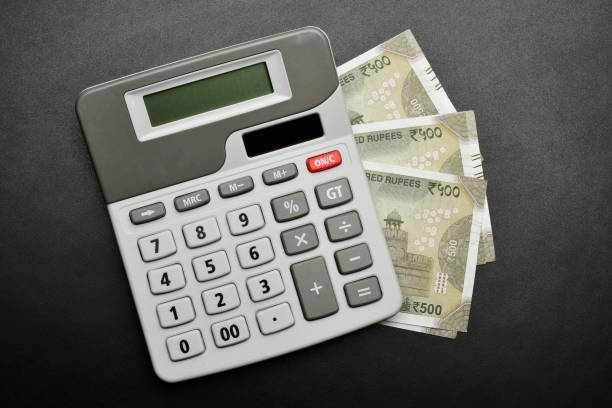
Because “roughly 10%” isn’t always enough
Ever wondered if your pay bump this year is actually impressive, or if it’s just HR being polite? Figuring out your salary hike percentage might sound like one of those boring spreadsheet things, but trust me, it’s worth knowing. Especially if you’ve been busting your butt all year and only get a “meh” raise. And hey, it’s not just for bragging at family dinners — knowing your actual increase can save you from years of quietly underpaid misery.
Why the Percentages Matter More Than Numbers
Okay, here’s the thing. Imagine your friend got a 5,000 rupee raise, and you got the same. On paper, it looks equal, but if their base salary was 25,000 and yours was 50,000, your raise is actually half as much in percentage terms. That’s why percentages are the secret sauce to really understanding a salary hike.
I remember the first time I tried to figure this out. I was staring at my paycheck like it was a Sudoku puzzle. My colleague casually goes, “Dude, just calculate the hike percentage, it’s simple.” And honestly, I rolled my eyes. But when I actually did it, I realized I’d been working like a maniac for what was basically a tiny bump. That was a bitter tea moment.
If you want to save yourself that headache, you can use tools like how to calculate salary hike percentage to make life easier. Honestly, typing numbers into a calculator beats scribbling on a sticky note any day.
Breaking Down the Math Without Losing Your Mind
Alright, so here’s the formula that doesn’t need a PhD to understand:
(Hike ÷ Old Salary) × 100 = Hike Percentage
Let’s make it fun. Suppose your old salary was 40,000 and you got a raise of 4,000. Do the quick math — 4,000 divided by 40,000 is 0.1, multiplied by 100 gives you 10%. Boom, you just turned your raise into a number that actually tells a story.
One thing people miss is factoring in bonus structures or perks. Sometimes companies sneak in a “performance bonus” but your base salary barely moves. Social media is full of rants like, “They call that a hike? I could have earned more selling chai for a month!” And honestly, it’s relatable. So always look at the full picture — base, bonuses, and perks — before celebrating.
Real-Life Examples That Make It Click
Here’s something you don’t see in textbooks: I had a buddy who switched jobs after getting a measly 3% raise. He thought it was fine, but once he used how to calculate salary hike percentage, he realized in percentage terms it was basically a slap in the face. Switched jobs, got a 25% hike, and suddenly his coffee addiction didn’t feel so guilty.
Or there’s the “silent inflation killer” scenario. Imagine you get an 8% raise, but inflation is 10%. Congratulations, you technically lost money. The online chatter on finance forums about this is wild — people get all existential over their wallets. Using a calculator to check your hike percentage can prevent that mini existential crisis before it even starts.
Tips to Avoid Feeling Cheated
First, don’t just look at numbers. Context matters. Your company might throw out a “50,000 raise!” but if your peers got a 20% hike while yours was 5%, it’s less impressive than it sounds. Percentages don’t lie, but humans do — mostly HR.
Second, keep records. Not just for your ego, but for negotiating next time. I once tried recalling my last three raises from memory — disaster. Social media advice often emphasizes this: screenshots, emails, anything that proves what you earned. When it comes time for appraisal, nothing beats solid numbers.
Finally, embrace tools. I know, I know — some people hate calculators and think they’re “too techy.” But using a simple calculator like how to calculate salary hike percentage is basically like having a cheat sheet for adulting. It’s quick, accurate, and prevents those awkward moments when someone says, “So what’s your raise?” and you mumble because you forgot your own numbers.
Why Understanding Hike Percentages is Actually Empowering
Here’s my two cents: knowing your salary hike percentage gives you clarity. You can plan better, negotiate smarter, and avoid the silent resentment trap. It’s like checking your fitness app after a month — you know exactly where you stand instead of guessing.
And let’s be real, social media has made everyone obsessed with comparison. LinkedIn posts about “10% hike achieved!” pop up daily. But if you understand percentages, you won’t fall for the hype. You can smile politely, nod, and secretly know your 12% hike was actually a bigger win.
So next time HR drops the “congratulations” line, don’t just nod and hope for the best. Type in your numbers, see what you really got, and maybe even brag a little — subtly, of course. Your future self (and your bank account) will thank you.


Write a comment ...